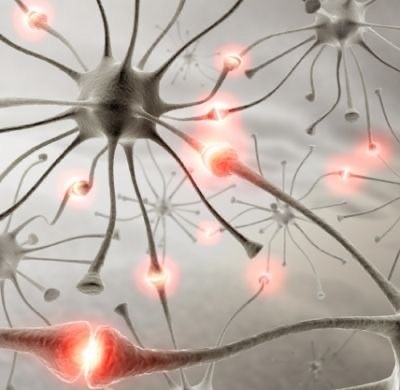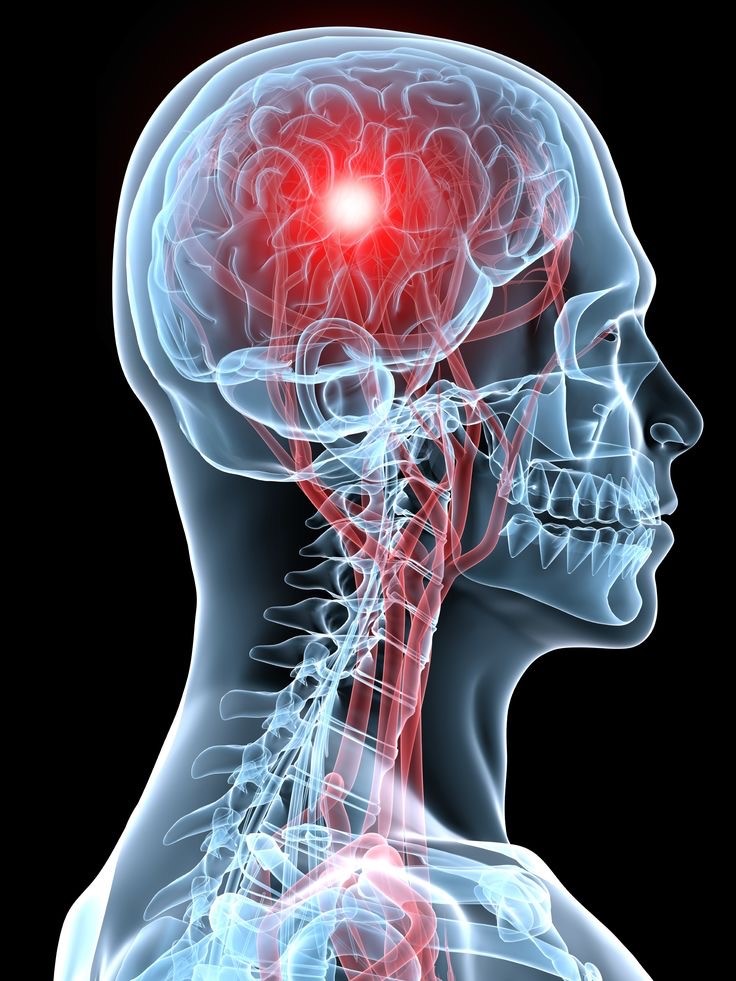Neuroplasticity, also known as neural plasticity, is commonly described as the brain’s ability to modify and reconfigure itself in reaction to learning experiences. Traditionally, it was thought that the structure and functions of the brain remained fixed in adulthood. However, pioneering research in neuroscience has demonstrated that the brain is much more flexible than previously assumed, transforming our understanding of the human brain.
A more accurate description is the capacity of the nervous system to adjust its activity by reorganizing its structure, functions, or connections in response to internal or external stimuli.
The human brain is now recognized as a highly dynamic and continually reorganizing system that can be molded and reshaped throughout the entire lifespan. It is believed that each experience contributes to altering the organizational level of the brain.
Fundamentally, neuroplasticity refers to the brain’s ability to create new neural connections and alter those that already exist. This is a lifelong phenomena that affects memory, learning, and the recovery process after an injury. Although the brain’s plasticity is still present to some extent in maturity, it is particularly evident in crucial developmental stages such as childhood.

Neuroscientists have not always relied on the understanding of the brain’s adaptability in the past. It was believed that at a particular age, the brain could not or did not change. This led many people to believe, among other things, that all damage to the nervous system had set consequences, such as permanent impairments and restrictions.
Researchers in neuroscience have now found that’s not always the case. Certain brain cells proliferate and repair via processes called neurogenesis, especially in the formative years. Putting it differently, new neurons and connections between already existing cells can form occasionally.
Positive experiences are not the only circumstances in which neuroplasticity occurs; it facilitates the healing process after brain trauma. Adjacent brain regions may undergo structural and functional changes in response to injury to a specific area of the brain in order to make up for lost functions. With the goal of promoting recovery through focused activities, rehabilitation therapies for ailments like stroke or traumatic brain injuries make use of this adaptability.
Furthermore, neuroplasticity is greatly influenced by lifestyle and environmental factors. Developing new abilities and experiences results in the creation of new brain cells. Learning a new language or talent is only one example of a challenging new activity that can strengthen synaptic connections and increase cognitive flexibility. On the other hand, a sedentary lifestyle or extended stress might adversely affect neuroplasticity and exacerbate cognitive deterioration.

Changes in the structure and organisation of the brain are examples of brain plasticity that go beyond cellular changes. The structural changes that come with learning and experience have been studied using neuroimaging methods like positron emission tomography (PET) and functional magnetic resonance imaging (fMRI).
Education, therapy, and general mental health are all affected by our understanding of neuroplasticity. Optimizing learning outcomes can result from educational approaches that leverage the plasticity of the brain. In a similar vein, treatment approaches can be designed to take advantage of neuroplasticity in order to manage neurological diseases or facilitate recovery from traumas.
Finally, the traditional view of the adult brain’s permanent nature is challenged by neuroplasticity. This dynamic and flexible nature opens up new possibilities for increasing brain health generally, healing from injuries, and boosting cognitive performance. Accepting the possibility of neuroplasticity calls for a paradigm change in our understanding of the brain’s capacities and emphasises the significance of lifestyle decisions in preserving a flexible and resilient mind throughout life.
Sources
- https://www.physiopedia.com/Neuroplasticity#:~:text=Neuroplasticity%20refers%20to%20the%20lifelong,between%20neurons%20throughout%20a%20lifetime.
- https://www.research.colostate.edu/healthyagingcenter/2022/05/31/how-to-rewire-your-brain/#:~:text=Neuroplasticity%20is%20the%20brain’s%20ability,slowly%20rewire%20these%20pathways%20themselves.
- https://www.ncbi.nlm.nih.gov/books/NBK557811/




